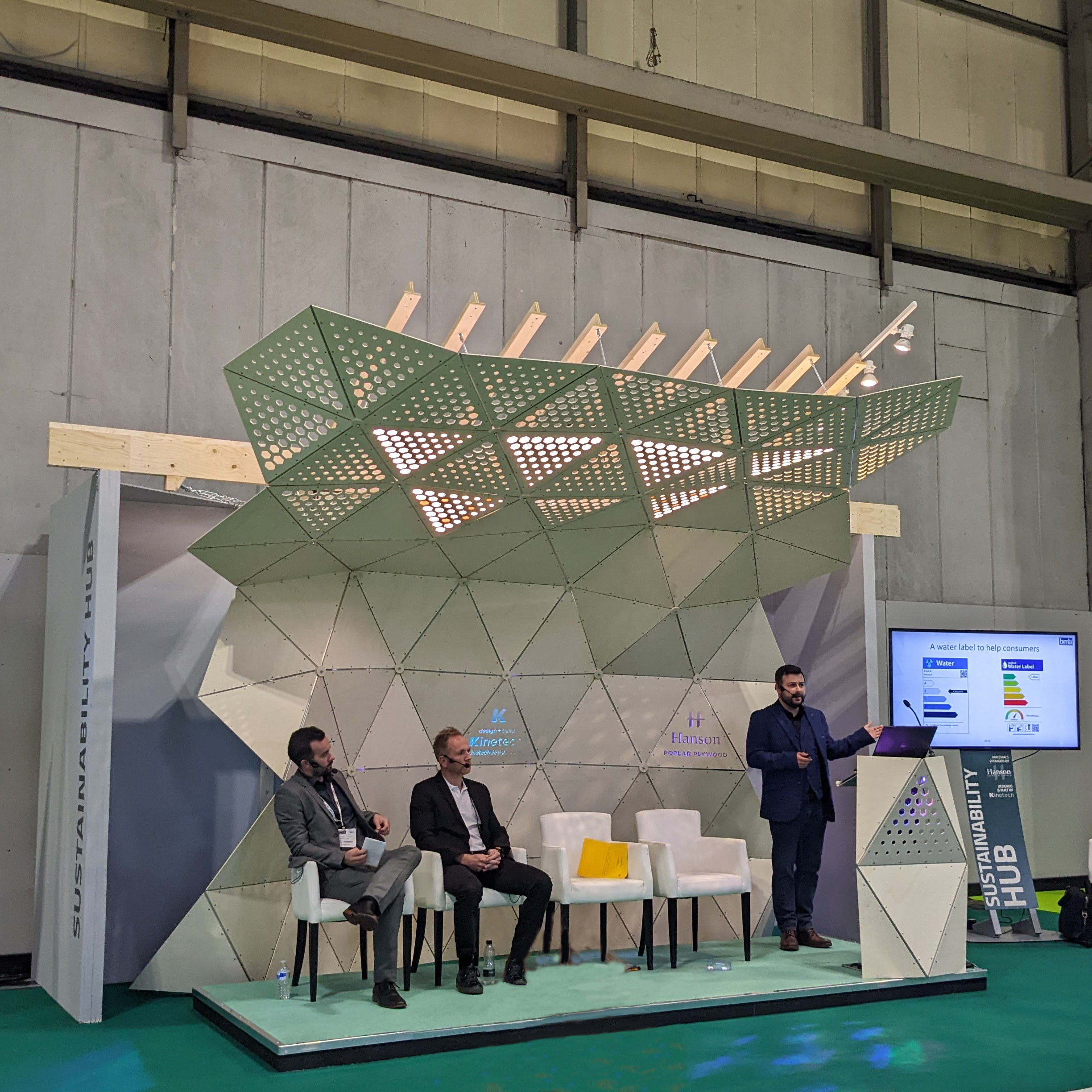For the latest instalment in our smart buildings blogs, we have decided to take a look at the collaboration between smart buildings and BIM (Building Information Modelling). In a broad sense, intelligent buildings bring together a number of technologies with the aim of achieving efficiency and a productive environment for the occupants. BIM can be extremely important in helping to achieve this.
Firstly, as a great data tool BIM can be extremely useful in the early stages of piecing together the components for a smart building. BIM can consolidate the data gathered to construct a smart building, and then grow it into a coherent, living, breathing digital model that can be used to optimise a building’s construction and operation. BIM is a platform that can provide a comprehensive and interactive assembly of the components in a building to create a new type of energy model. As more information is added to BIM for each individual part of the building, BIM becomes increasingly closer to matching the real world building itself.
Using BIM not only gives you the ability to design and visualise a building in three dimensions, but you can also add time and experience to the building model in the fourth dimension. This can be extremely beneficial when designing a smart building, as you will be able to pinpoint exactly where those smart sensors and devices should go. Energy efficiency is another element in which BIM can be brilliant for a smart building. Some high-tech building owners currently require that the building energy model be maintained and updated throughout construction and building commissioning. When construction is complete and operations and use begin, it is important that buildings have the ability to measure and monitor their energy use, something which BIM can offer.
It is generally accepted that BIM will accelerate technological advancement and innovation. There may be a stage where buildings will need to become fully digital, and this is where BIM can come into its own. As buildings become more intelligent, and smart products are commonplace, BIM can save time by gathering all of the information at the early stages and giving an accurate projection of what the building will look like. With this in mind you should make the smart choice, and build your smart building using BIM.
Join the conversation on smart buildings on our Twitter feed by using the hashtag #smartbuildingseries.
Related Blog Articles



crop192.png)












